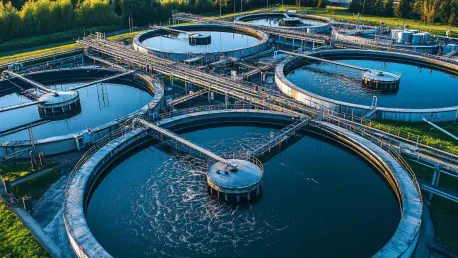In today’s increasingly tech-driven world, remote water monitoring systems are revolutionizing the way we manage and ensure water quality. These sophisticated systems employ sensors capable of measuring various parameters such as temperature, pH levels, and the presence of contaminants, providing real-time data on water conditions. The sensors collect data that is then transmitted to a central database for thorough analysis, allowing stakeholders to make informed decisions to maintain water safety. This technology is particularly crucial for industries such as agriculture, business sectors, and municipalities, which rely heavily on maintaining high water quality standards.
One of the main advantages of remote water monitoring systems is their ability to provide continuous data, allowing for prompt detection and response to any water quality issues. This real-time tracking means that potential problems can be identified and addressed much faster than with traditional manual sampling methods, which are time-consuming and often less accurate. With advancements in sensor technology, data collection has become more precise, covering a wider range of parameters than ever before. Consequently, this leads to enhanced water management practices and improved compliance with stringent environmental regulations.
Beyond the immediate technical benefits, the economic advantages of remote water monitoring systems cannot be overlooked. By reducing the need for manual sampling, these systems significantly cut down labor costs and minimize wastage of water resources. While the initial cost of setting up such a system can be high, the long-term savings and benefits make it a worthwhile investment for many organizations. Businesses and municipalities alike are beginning to see the value in adopting these systems, driven by both economic gains and the increasing need to meet environmental standards.
The trend of implementing remote water monitoring systems is expanding across various sectors. Agricultural operations benefit from precise irrigation management, ensuring crops receive the optimal amount of water. Urban water supply systems can maintain better oversight of the water quality delivered to residents. These use cases highlight the diverse applications of the technology and underscore its significance in modern water management practices.
In conclusion, remote water monitoring systems play an invaluable role in safeguarding water quality and optimizing resource management. The technology has seen growing adoption due to its practicality, economic benefits, and alignment with environmental regulations. As the world faces mounting environmental challenges, the importance of such technological advancements in water management cannot be overstated. The trend towards broader implementation indicates a promising future for these systems in ensuring sustainable water use and safety.









